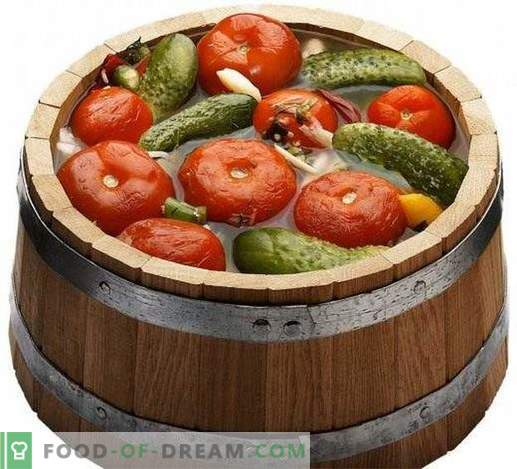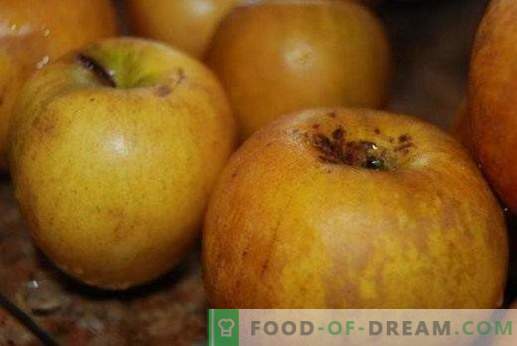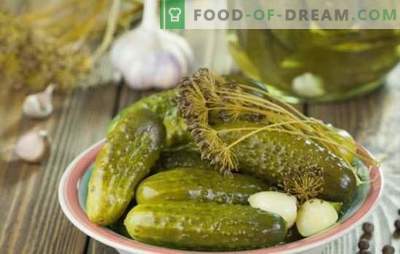“What happiness, if your childhood and youth passed in a deaf, God-forgotten village!” Someone will take this statement with understanding, others as irony or skeptical. By the way, J.J. Rousseau in his “Pedagogical novel”, which is still being studied in our pedagogical universities, that’s what offered to educate young people, that is, between the ages of about 15 years, boys and girls lived in countryside, in nature. And why, actually, in the God-forgotten village? Maybe, just - by the God given to me the village where I grew up and mates, almost to 20 years. You should look at this beauty, which has been bestowed on her majesty on Nature by these places; Here is the address: the village Kolychevo, Saratov region. By the way, the famous martyr in Russian history, canonized, Metropolitan Philip, strangled in the dungeon by one of the most odious guardsmen of Ivan the Terrible, came from the boyar family of the Kolychevs.

Psychologists say that the time spent at the grandmother with the grandfather should be perceived by the child as a holiday, as a gift of fate. And what to say, if this time was stretched for two decades? You can call it a happy time, fond memories of which will remain until the end of life. Without such memories of childhood and youth, how can a human soul live? Over the years, people more and more often recall their past. So I also remember all the many episodes of my village life.
Is it possible to forget the sensations of a long stay in the forest, and at any time of the year: in early spring, and in the frosty winter, and late autumn. And the endless fields during the harvest of bread: the feeling of working on a combine, tractor, and just as a loader with peers when transporting grain to the elevator, lying directly on the grain in the back of a car racing along the dusty “bolshak”. Not to mention hunting and fishing. Our famous hunter and fisherman, writer S. T. Aksakov, if he were fortunate enough to watch, would envy, probably, a light envy. I want to share with the readers of “Botanichka” my childhood impressions about how grandmother and grandfather made preparations for the winter. The war was coming to an end, it was 1944, but the time was harsh, poor, and sometimes hungry. The peasants lived on their own subsistence farming; there was no need to rely on anyone’s help. But that summer was successful. The grandfather pumped honey out of the hives, the grandmother welded on the jam (it was boiled, as in ancient times, in a garden, in a special copper basin, with honey). For the winter, she dried the berries: cherries, currants, sliced apples, Chinese (whole) and prunes. For winter pies, she also dried the pumpkin (in slices) and, in the same way, sugar beets. For salting vegetables, urinating berries and fruits, one of the fine September days was chosen. The cellar was already prepared for these procedures: it was cleared of residual snow, which in the hot summer perfectly served as a refrigerator (in the summer, mainly dairy products and fish were stored in the cellar). Potatoes are lowered into his pits per family and cattle hibernating in the barn, as well as fodder beets and other vegetables. And most importantly, oak tubs for pickles were lowered into the cellar: each about 300 liters. The buckets were filled with water in the street so that the tree swelled up and they did not leak. Near the cellar everything was prepared for work: there was a special trough on its legs, made from fresh planks, buckets for picking tomatoes and cucumbers, for water brought from a well and other accessories.

Why did the grandson remember this process? Yes, because he was pleased to see this priesthood grandparents. They were so inspired by them, so amicable and amiable among themselves that there was no doubt that they were very pleased to do this work. Who knows, maybe the wonderful aura that prevailed at this time, created by the good relations between the participants in this process, also contributed to the successful enterprise of fermentation. Further technology follows: The grandfather chops cabbage, manages to clean up the remaining stump for the grandson. The grandson eats them with pleasure and runs to the well for water, which will wash the vegetables picked directly from the garden and use brine for the water. About one bucket of chopped cabbage is lowered into the cellar and is evenly distributed along the bottom of the first pot. Previously, the bottom of the tub was lined with horseradish leaves, dill umbrellas, finely chopped pieces of garlic and horseradish roots, oak leaves, cherries and black currants. Next, a bucket of cucumbers is dropped into the cellar and laid out on a layer of chopped cabbage. Then a layer of cabbage follows again, then a tomato. The layers of vegetables placed in the barrel are shifted several times by the spices listed above. And so on to the very top of the barrel. Unfortunately, I did not have more detailed information about the recipe for such “joint” fermentation of vegetables, apparently, the seven-year-old child was not interested. If any of the Botanichka readers knows about this method, please share. Next, we will discuss the ancient recipes of fermentation, which became known to the author much later.
Pickled apples.
First, we consider the simplified technology of pickling apples, for which we will need sour and hard varieties, best of all - Antonovka. If you do not have an oak, lime or cedar tub at hand, you can use plastic barrels or flasks, but only for food. It is better to use 3 or 5 liter glass jars in this case. Preliminarily lay horseradish leaves, finely chopped garlic, chopped horseradish roots, black currant leaves and cherries to the bottom of a tub or other container. Next, we lay rows of healthy apples with clean skin, several times alternating the rows of apples with the above-listed spices, which we cover the apples with and on top. The brine is prepared at the rate of 2 cups of sugar and half a glass of salt per 10 liters of water. It is recommended to add a few tablespoons of rye flour to the pickle. Finally, we cover our billet with a clean cloth or gauze in several layers and put the apples under the press. Pickled with brine apples leave for a week to ferment at room temperature. As soon as the foam falls off the surface and air bubbles cease to stand out, containers with apples should be tightly closed and lowered into the basement. Suitable temperatures for the storage of fermented apples are considered to be not higher than plus 10 and not less than minus 3 degrees. C. A month later, the apples will be ready to eat.

Urine turn.
I want to tell about this recipe, keeping bright memory about my grandfather. Finishing to do the basic preparations for the whole winter, he necessarily at the end soaked a small barrel of thorns, which he enjoyed using at dinner on long, cold winter evenings. Probably, this delicacy was worth it. It is not without reason that it’s cured black thorns, in their taste, ranks with the overseas olives. It should be remembered that all parts of this plant are curative: the bark has antipyretic properties, roots and wood are diaphoretic, thorns flowers improve metabolism, berries contain vitamins, calcium, magnesium, malic acid and tannins. Delicious and tincture, jam, made from the berries of thorns. The technology of soaking thorns is very simple. Ripe and undamaged thorns are selected, washed with cold water, which are then placed in a glass or enamelled container. Water is poured into the pan - 1 liter, salt is poured - 1 tablespoon, sugar - 2 tablespoons and the solution is brought to a boil. After that, the fill should be cooled. Berries of thorns in the amount of 3 kg are filled with the prepared solution. The container is covered with a linen cloth and a wooden circle on which the load is placed. After a week at room temperature, a container with soaked thorns can be sent to the basement or to another cool place.
P.S. It should be noted that my grandfather, instead of sugar, used the Solod root, as when urinating apples, apparently knowing about its healing properties. He is - licorice root, sweet root, licorice root.
- Preparations for the winter according to old recipes. Part 2























